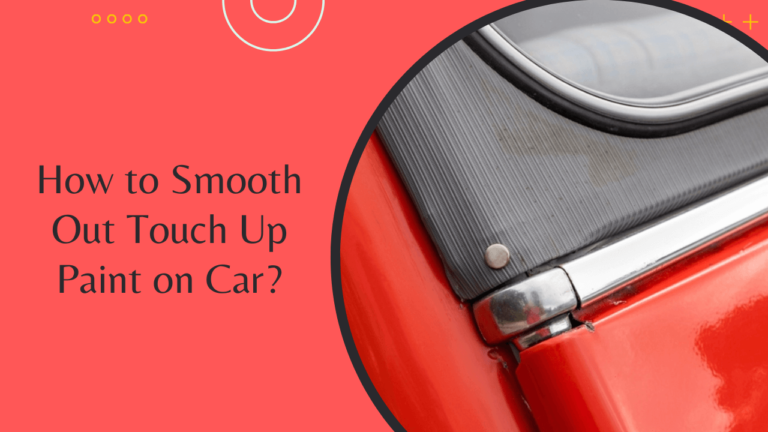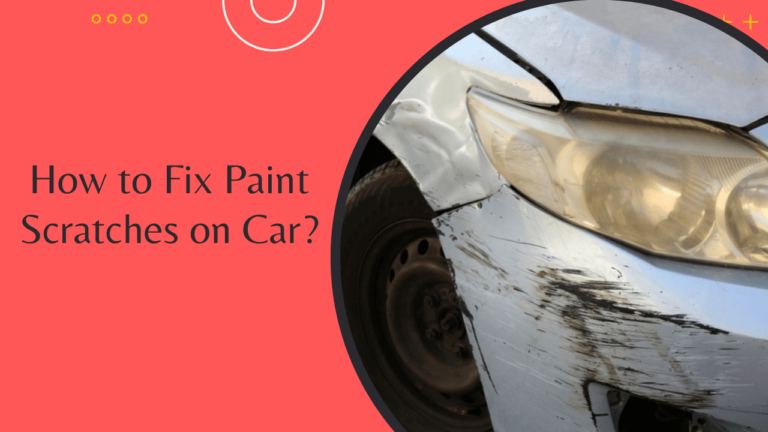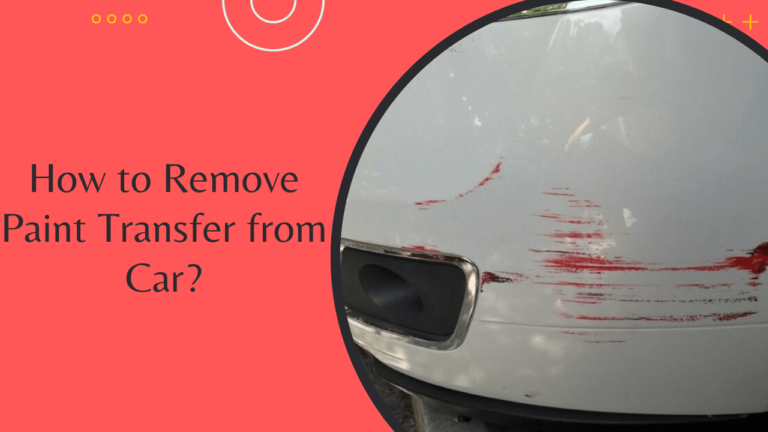How to Remove Tree Sap from Car Without Damaging Paint
Do you wake up to sticky tree sap on your car? The issue affects many individuals globally. Tree sap appears innocuous until it sticks to your automobile and is hard to remove. Don’t worry—there are easy solutions to fix this without damaging your car’s paint.
You can try a few easy methods to remove tree sap, such as using a hand washer, rubbing alcohol or mineral spirits, a razor blade (carefully!), WD-40, cooking oils, commercial cleaners, and more. Stick with us until the end to learn the best way to say goodbye to stubborn tree sap on your car!
What is Tree Sap?
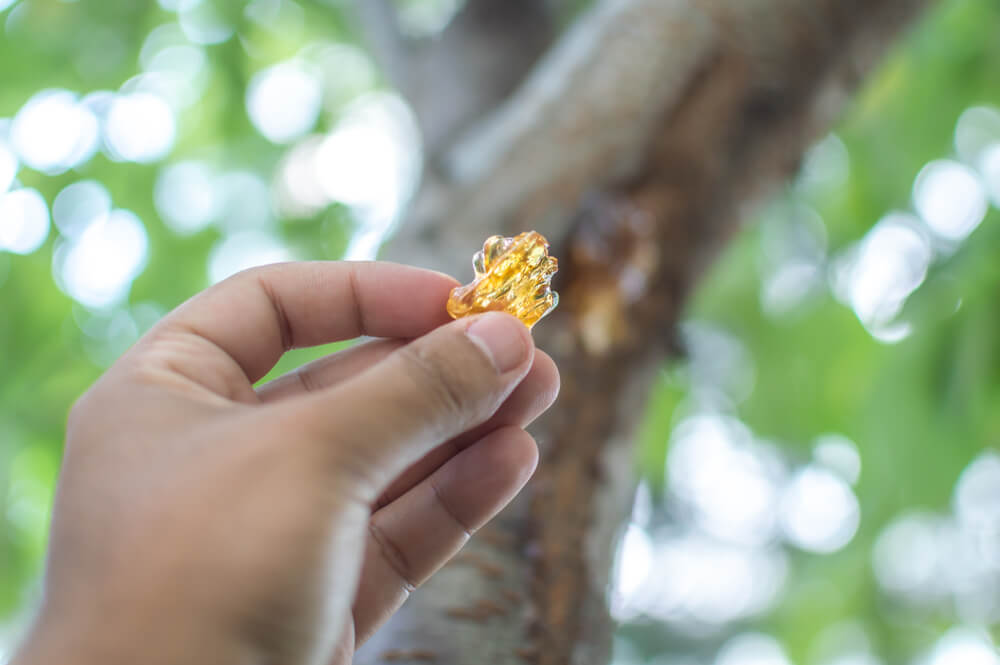
Tree sap is sticky. It may appear innocent, but it may be a pain for your automobile. Tree sap might get on your automobile if you park beneath or near them.
Forests and neighborhoods with large trees are where it occurs most. Sap adheres to your automobile and is hard to remove. It’s bothersome because it doesn’t wash off like dirt. Worry not—we can help you remove it!
How to Remove Tree Sap from Car Without Damaging Paint [Step-by-Step]
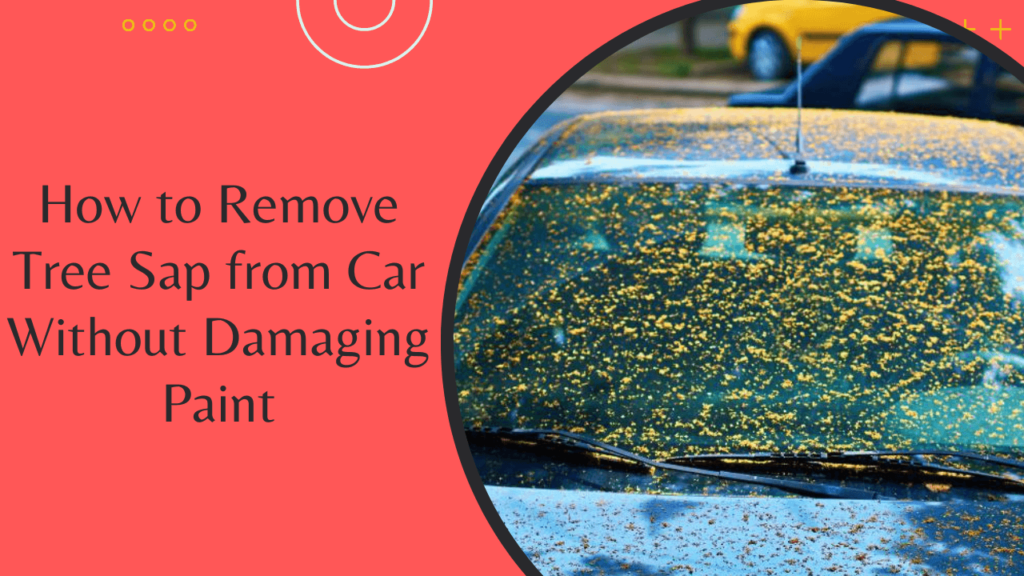
To remove tree sap from your car without damaging its paint, there are many methods that you can use. Here’s an overview of all:
Method 1. Cooking Oil

While cooking oil may seem weird for auto upkeep, its slickness breaks down sap without damaging paint.
- Cover the sap with plenty of non-toxic cooking oil.
- Cover the oiled area with a hot, damp towel.
- The heat helps the oil penetrate the sap.
- Let this dynamic duo sit for about 5-10 minutes. The oil works to loosen the sap’s grip on your paint.
- Gently wipe away the softened sap with the cloth. Repeat if needed until the sap is gone.
- To remove oil and sap, wash thoroughly with hot water and soap.
Method 2. WD-40
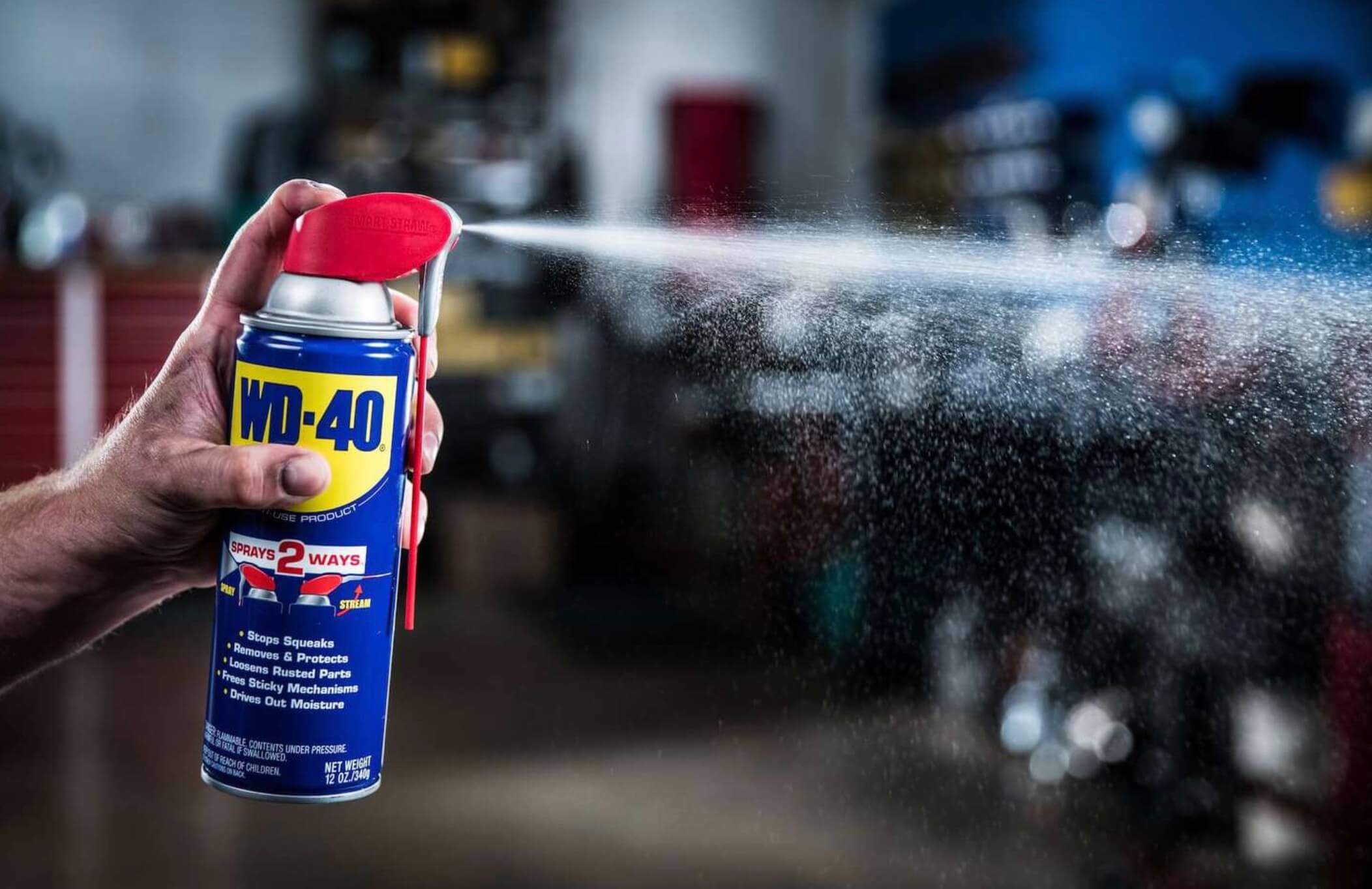
WD-40 fixes various automotive issues, including sap removal, and squeaky hinges.
- Spray WD-40 onto sap to coat it. Wait approximately 5 minutes.
- Place a hot, wet cloth over the WD-40-covered sap. Heat and WD-40 work miracles.
- Rub sap with the towel gently. WD-40 dissolves sap for easy removal.
- If necessary, repeat steps 1–3 until sap is gone.
- Clean the area with hot water and soap to remove any residual WD-40.
Method 3. Baking Soda Paste
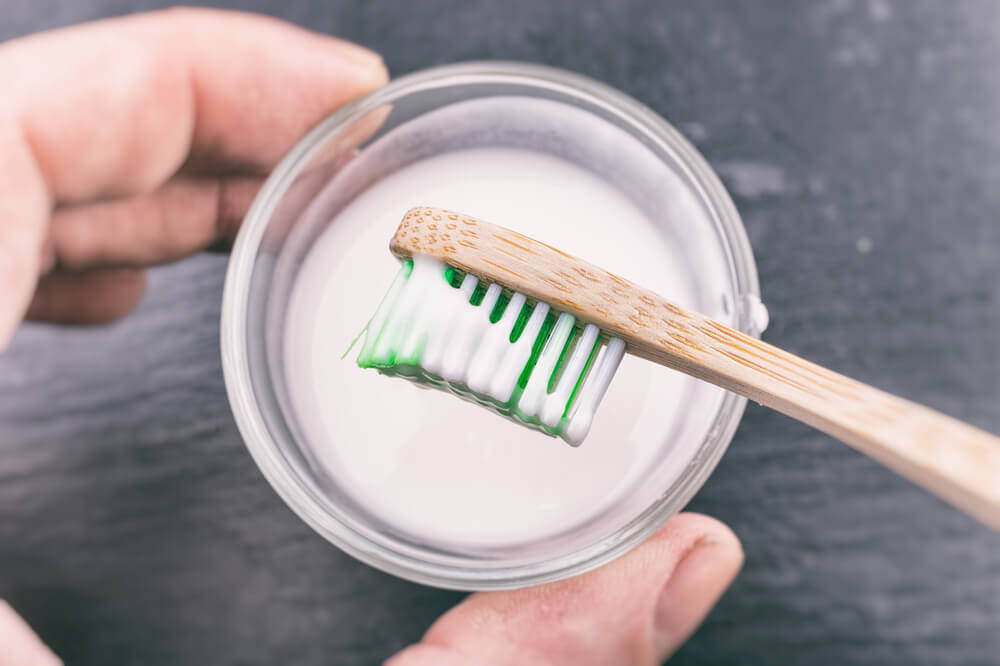
Baking soda paste has a slight abrasion, which makes it a great sap remover.
- Warm water and baking soda make a thick paste. The paste should spread but not run.
- Spread baking soda paste over the sap to coat it.
- Let the paste sit on the sap for about 10-15 minutes. The baking soda works to break down the sap.
- Using a clean, damp cloth, gently rub the paste and sap in circular motions. The abrasiveness of the baking soda helps lift the sap.
- Rinse the area with hot water, ensuring all the paste and sap residues are washed away.
- For stubborn spots, repeat steps 1 to 5 until the sap is completely removed.
Method 4. Razor Blade (Caution!)
A razor blade may remove difficult, dried-on sap, but it should be used last to avoid harming your car’s paint.
- Use a commercial sap remover or lubricant. This helps soften the sap and protect your paint during scraping.
- Hold the razor blade at a shallow angle against the paint, ensuring it’s flat and not digging into the surface.
- Gently and slowly scrape the sap off using short strokes. Be extremely careful to avoid scratching the paint.
- To eliminate sap, constantly wipe with a moist cloth.
- Clean the area with hot water and soap to eliminate any residue and lubrication after removing the sap.
Method 5. Rubbing Alcohol or Mineral Spirits
When applied properly, these solvents dissolve tree sap and are safe for most automotive paintwork.
- Soak a clean, soft cloth in mineral spirits or rubbing alcohol. The fabric shouldn’t leak.
- Place the cloth over the sap and let it sit for a few minutes. The solvent will begin to dissolve the sap.
- Gently rub the area with the cloth, using circular motions. The sap should start to lift off.
- If needed, apply more solvent to the cloth and repeat steps 2 to 3 until the sap is gone.
- Once the sap is removed, wash the area with hot water and soap to remove any residual solvent and sap.
Method 6. Hand Wash
Good old hand washing is effective for fresh sap and doesn’t require any special chemicals.
- Fill a bucket with hot water and mix in carwash soap. The hot water helps soften the sap.
- Scrub sap-covered areas with a soapy sponge or wash mitt.
- Use a hose or power washer to remove any soap and sap residues.
- If the sap remains, repeat steps 1–3 until it disappears.
- After sap removal, dry the area with a clean, soft cloth and apply auto wax for protection.
Each technique for automobile tree sap removal is unique. When using razor blades or other abrasives, start gently and move up.
How Does Tree Sap Damage Your Car
Tree sap may look innocuous, but it may slowly damage your automobile. When it sticks to automotive paint, it hardens like glue. Hardened sap traps debris and moisture against paint, causing minor scratches and stains.
After a while, it may chip away at your car’s clear finish, making it seem dull and worn. Plus, the sugars in sap can attract bugs, which can leave their own marks. So, it’s important to remove tree sap promptly to keep your car looking shiny and new!
What If the Tree Sap Still Doesn’t Come Off?
If you’re facing extra sticky tree sap on your car, especially from maple or evergreen trees, there are steps you can take for thorough removal. For a simpler solution, opt for a professional sap cleaning product. Spray it on sap and wipe with a microfiber cloth.
To remove chemicals, wash the automobile with soap and water. Wax your automobile to maintain the clear finish and freshen it up. Consider touchup paint for damaged paint.
5 Tips to Protect Car from Tree Sap for Future
To prevent future sticky situations with tree sap on your car, here are five helpful tips:
- Park Smart – Choose parking spots away from trees, especially those known for sticky sap like maple and evergreen trees. Parking in a garage or under a carport can also provide protection.
- Regular Washes – Wash your vehicle often, particularly if you park beneath trees. Regular cleaning eliminates sap before it hardens and damages.
- Wax On – Apply a coat of wax every few months. Wax acts as a barrier, making it easier to remove sap and protecting your paint from damage.
- Quick Cleanups – If you do find sap, don’t wait! To avoid hardening, wash it off immediately with hot, soapy water or a specialized cleaner.
- Cover Up – Consider using a vehicle cover while parked for long periods, particularly beneath trees. Covers protect cars from sap, bird droppings, and other environmental threats.
Final Words
Tree sap can be a bothersome enemy to the flawless paint job on your car. But if you have the correct information and equipment, you can remove sap effectively and stop it from doing long-term harm. When sap appears, don’t forget to act quickly, using either professional or do-it-yourself products.
Maintaining your car with routine care, such parking sensibly, giving it regular washes, and using protective wax, helps keep it safe. By following these guidelines, you’ll preserve your car’s longevity and worth in addition to keeping it looking its best. Stay proactive and bid farewell to sticky sap woes for a gleaming, tree-free ride!
Frequently Asked Questions
What is the safest way to remove tree sap from car paint?
The safest way to remove tree sap from car paint is using rubbing alcohol or mineral spirits. These solvents effectively dissolve sap without damaging most car paints when used correctly. They are gentle yet efficient, making them a safe choice for tackling stubborn sap spots without risking harm to your vehicle’s paint job.
Will a car wash remove tree sap?
Express and full-service car washes are renowned for their cleaning capabilities, but regrettably, tree sap is one of the things that even powerful soaps and high-pressure water are unable to remove. Friction is necessary to get rid of tree-sap.
What is the best tree sap remover for a car?
A flexible and efficient sap remover that won’t harm the finish of your automobile is isopropyl alcohol. Use alcohol to dampen a cloth, then gently massage the sap until it dissolves.


